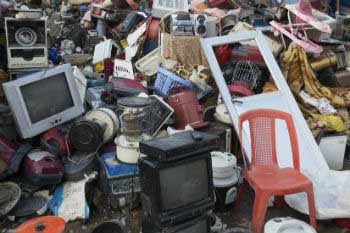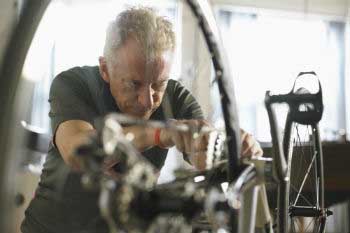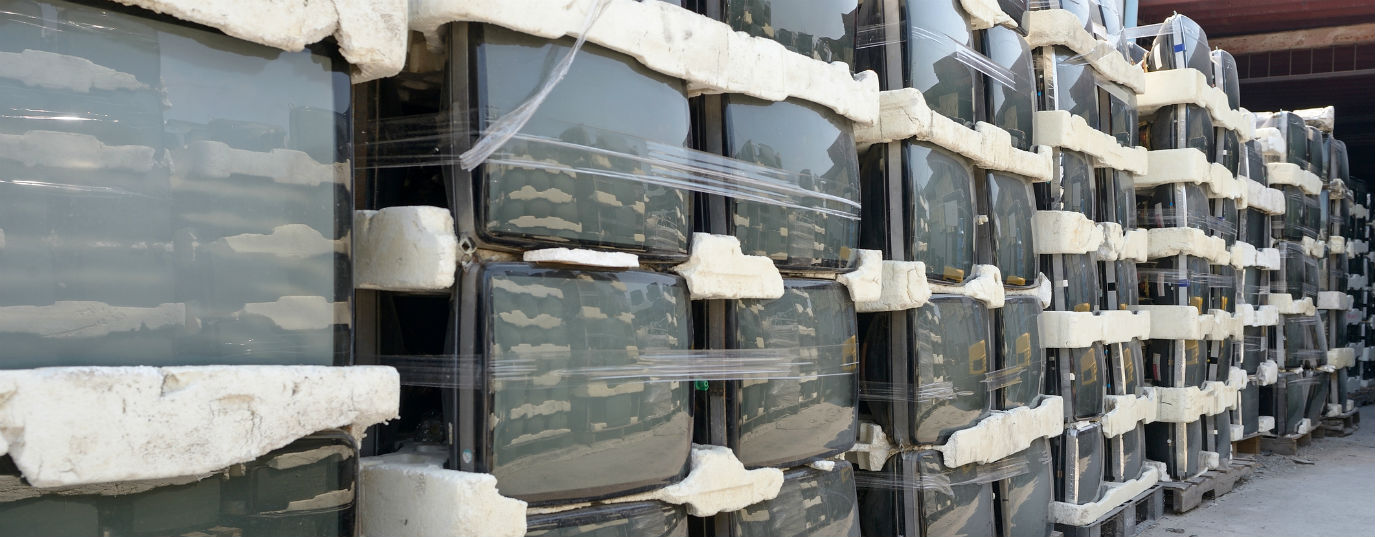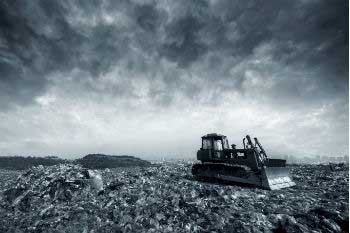How to extend the useful life of products?
Prolonging the use of products that still work is the best way to combat the linear economy and promote savingsPlanned obsolescence, to set the end of the useful life of a product established by its manufacturer, is a clear representation of the linear economy. A model based on producing, use and throwaway instead of reusing and recycling, is depleting the planet's limited resources, which also has a growing population: from 1950 to today we've nearly tripled the number of inhabitants of the Earth and it is estimated that in 2100 we will surpass the eleven billion.
This unsustainable model is leading to environmental, economic and social problems. As a possible solution the evolution from a linear economy to a circular economy model is proposed, in which responsible forms of collaborative consumption and to lengthen the life cycle of products to avoid throwaway are chosen.

How to extend the useful life of products?
The current consumption model is to discard and immediately replace the damaged product, often without assessing the possibility of extending the product life. Here are some tips to extend the useful life of the products:
- Fix, repair and recover: the first rule to extend the shelf life of the products is to try to fix it yourself if it is a simple and not dangerous operation, or with the help of a professional. For example, if our mobile phone screen is damaged, try to fix it instead of buying a new one.
- Share, exchange, barter: if there is a product that we use occasionally and another person needs the same product or service, is it possible to reach an agreement to share it? For example, if we know that will use the bike only on weekends, we can share it with someone who needs to go to work from monday to friday. Also when traveling sharing the car with more people is more responsible to the environment and our economy.
- Rent and lend: there are products that might be lent or rented when we are not using them, like a second home or a means of locomotion. For example, an aparment that we do not use more than one or two months a year can serve as temporary housing for people who are interested in visiting the area.

- Sale of second-hand: if we are not goint to use anymore but is in good condition, we can extend its life by selling it to a new user. Similarly happens when purchasing a new product, we must ask ourselves if it is absolutely necessary that is new. For example, when we want to furnish our house we can use to buy a second-hand furniture and thus increase the useful life of the product and avoid the production of a new one.
- Re-use and, as a last resort, recycling: when there is no possibility of extending the life of a product, try to look for a different use and function. For example, a broken suitcase can still be reused as a cradle for our pet or an original nursery for flowers and plants.
Source: La Vanguardia.







